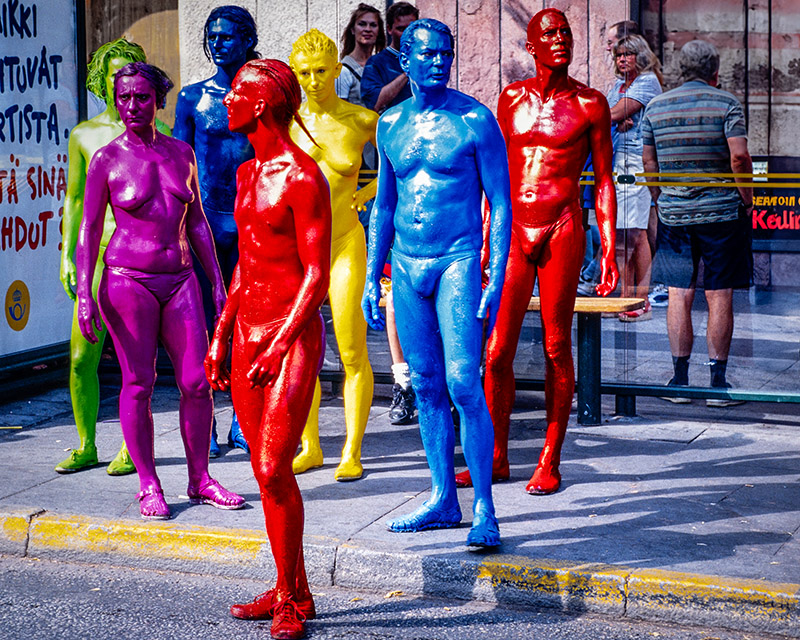
Introduction
This is the second part of my article, Analogue Photography – A Personal Journey.
If you haven’t read the first part yet, I recommend doing so — it provides useful background. Here’s the link.
In that article and video, I explained how my journey in photography began, and how certain challenges — along with the mindset of the time — led me to focus on black-and-white photography. This time on embracing colour.
 You can see this article as a YouTube video here!
You can see this article as a YouTube video here!
Embracing Colours
A few years passed, and by then, colour photography was gaining ground. Colour films were becoming more accessible and technically refined, and more and more well-known photographers were embracing them. Among them — in addition to the previously mentioned William Eggleston — were Saul Leiter, Stephen Shore, Joel Meyerowitz, and especially Ernst Haas.
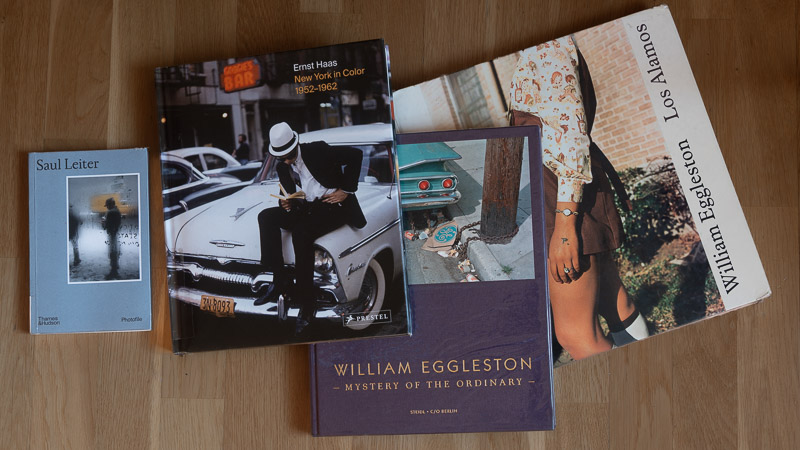
While I was impressed, it remained a mystery how they pulled it off. Not only had I not been able to make colour images like theirs — I hadn’t even seen “normal” people around me doing it.
Still, the temptation of colour had always bubbled inside me. Yet colour negatives always left me disappointed — plagued by variables beyond my control, and by the difficulty of finding any lab that delivered consistent quality. Developing and printing colour negatives myself would have required an investment far beyond my means. But I felt it was time to expand my vision—from the land of shades of grey to the world of RGB.
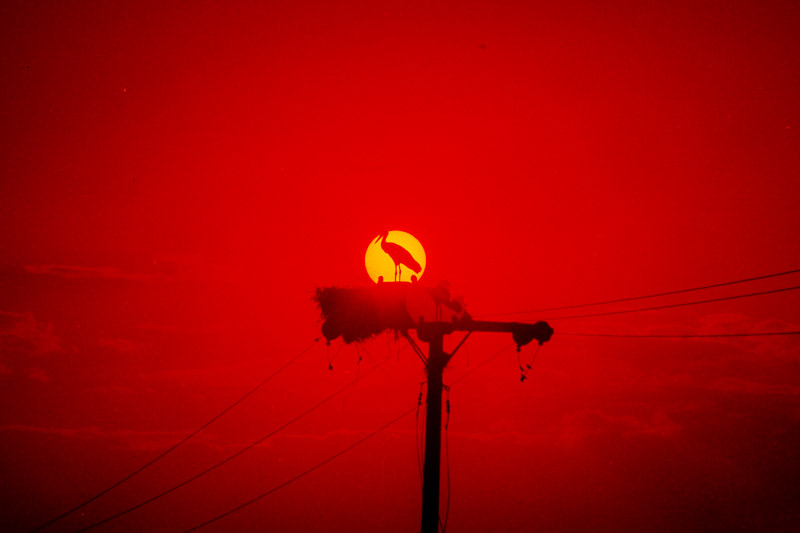
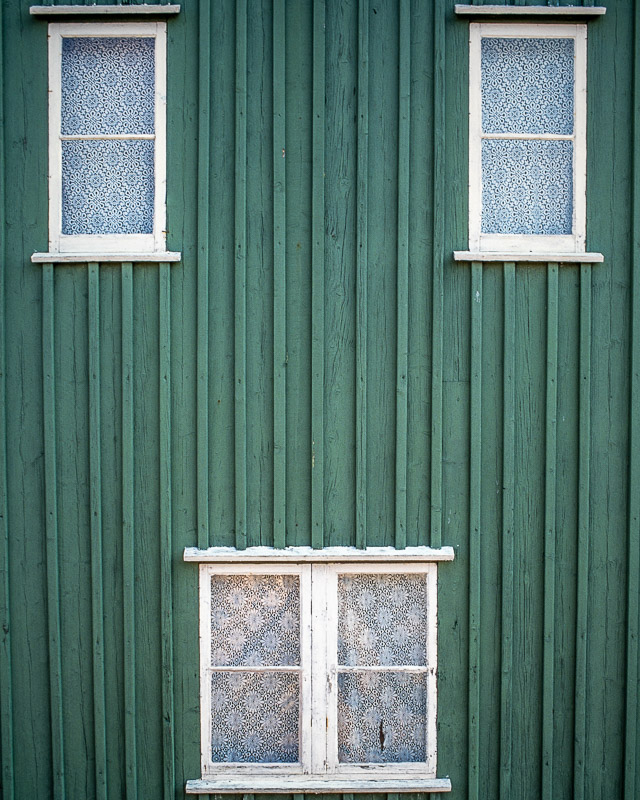
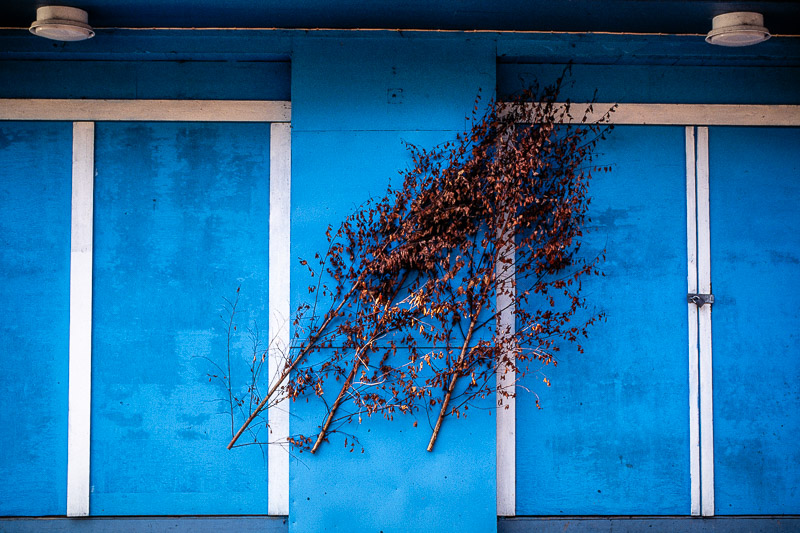
I was still in my teens when, one evening, my uncle — some 20 years older than me — invited me over while one of his friends was visiting. His friend, also a photography enthusiast, had just returned from a holiday trip and brought along a slide projector. He showed us slides from three or four rolls of reversal film.
I couldn’t believe my eyes. The colours were out of this world — vivid, more beautiful than reality, and far beyond anything I’d seen in colour photography before.

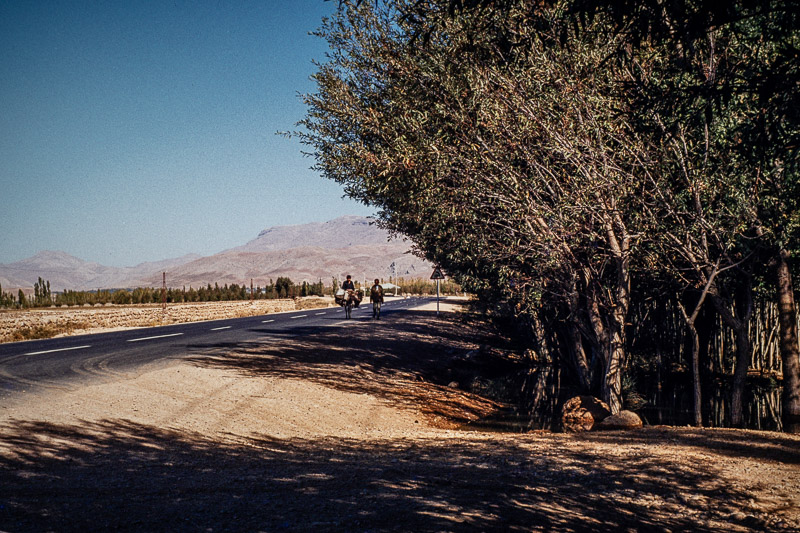
As a teenager with no money, I remember the first thing I asked: How much does the projector cost?
The second: What slide film did you use?
I became increasingly drawn to colour reversal film — and National Geographic played no small part in that. Their rich, vibrant photographs set a standard I couldn’t ignore. I tried to find out what their photographers used to create those stunning images.
Guess what? The answer to both my second question to my uncle’s friend — and to this new question — was the same: Kodachrome reversal film. That’s when I started testing colour reversal films.
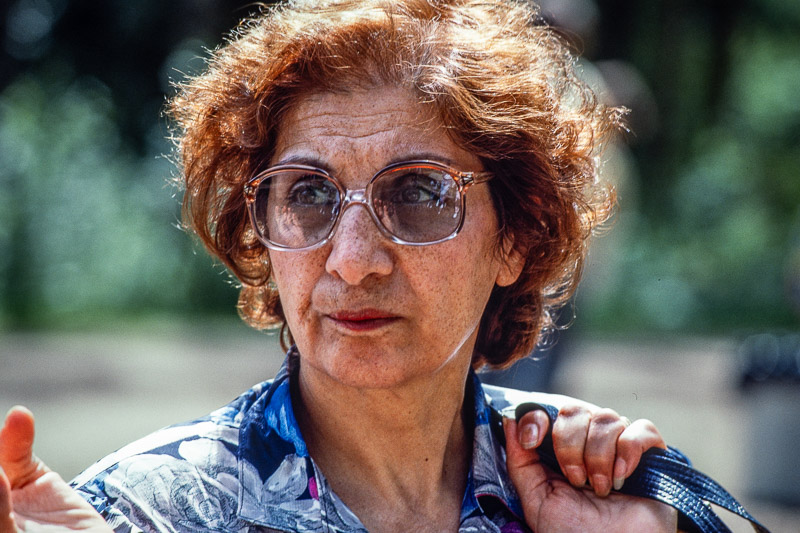
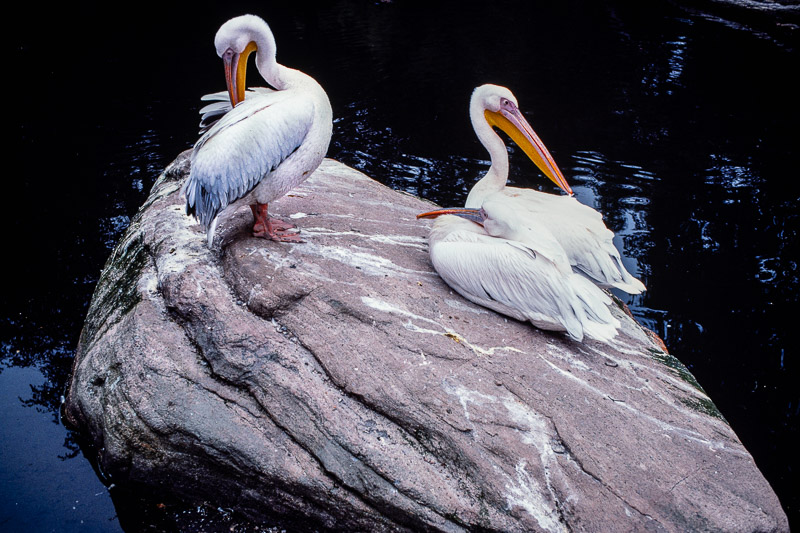
Then something even more decisive happened: I moved. This meant losing access to our black-and-white darkroom. After that, I shifted my focus completely to colour reversal film.
Shooting slides demanded a higher level of precision. They were far less forgiving than negatives, due to their limited exposure latitude and the fact that exposure errors couldn’t be corrected during printing.
But by then, I felt I had developed my skills enough to take on the challenge.

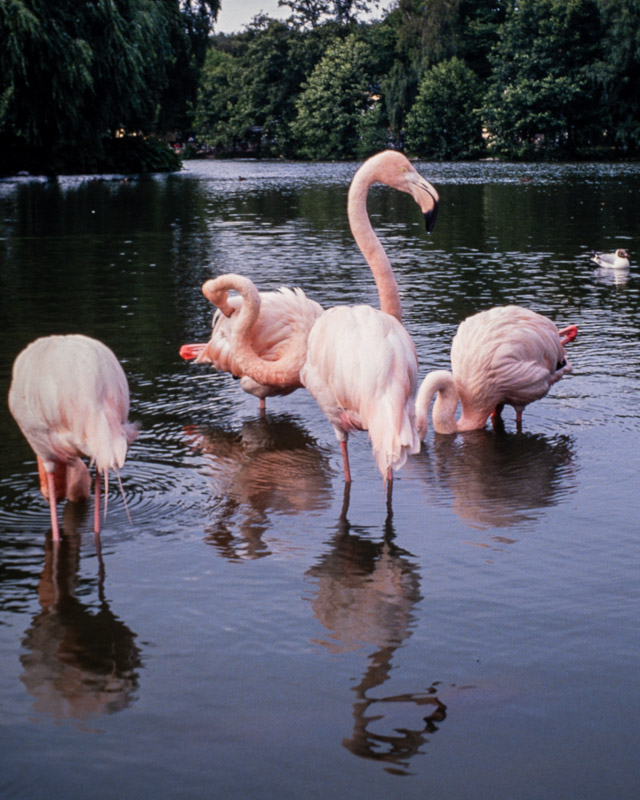
On the other hand, slides would eliminate many of the issues I had experienced with lab-printed colour negatives — provided you could find a lab that developed them consistently. Kodachrome, the preferred colour reversal film among National Geographic photographers, had a major advantage in this regard: the cost of development was included in the price of the film, and I could send my rolls to any Kodak lab in the world.
However, Kodak didn’t have labs in every country, and Kodachrome’s processing was notoriously complex. It required the specialized K-14 chemistry — proprietary to Kodak and available only at a few licensed facilities. I remember using it a couple of times, sending my rolls to Stuttgart, Germany, for development. But it wasn’t easy — or cheap.
So, I mostly used Agfachrome, Fujichrome, or different variations of Kodak Ektachrome reversal films, which used the more common E-6 process and were far more widely supported.
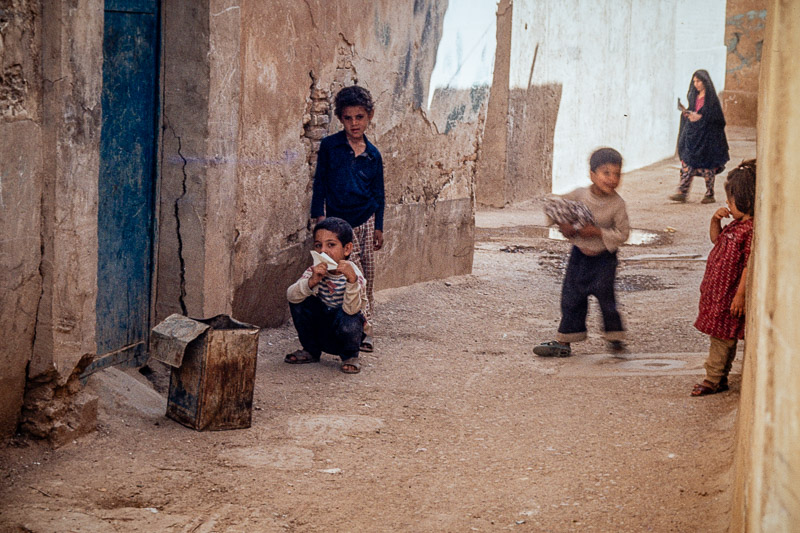
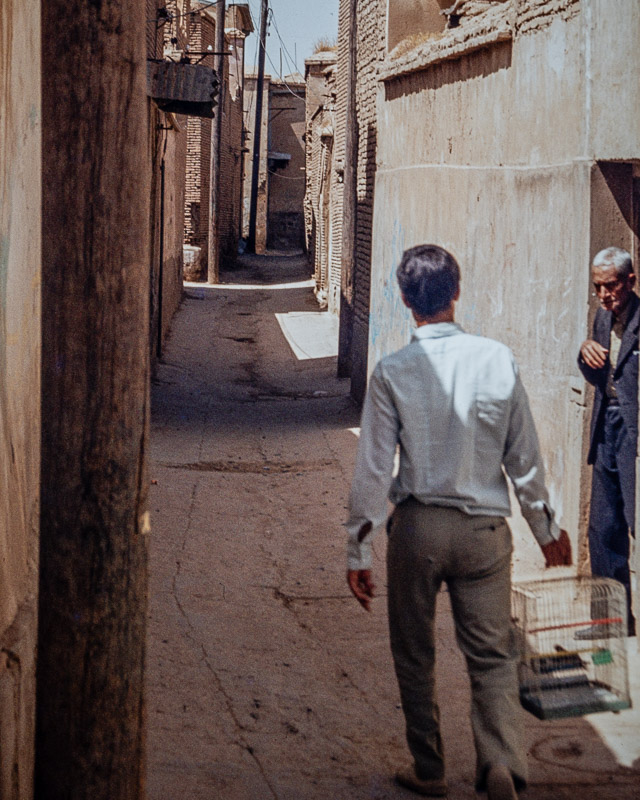
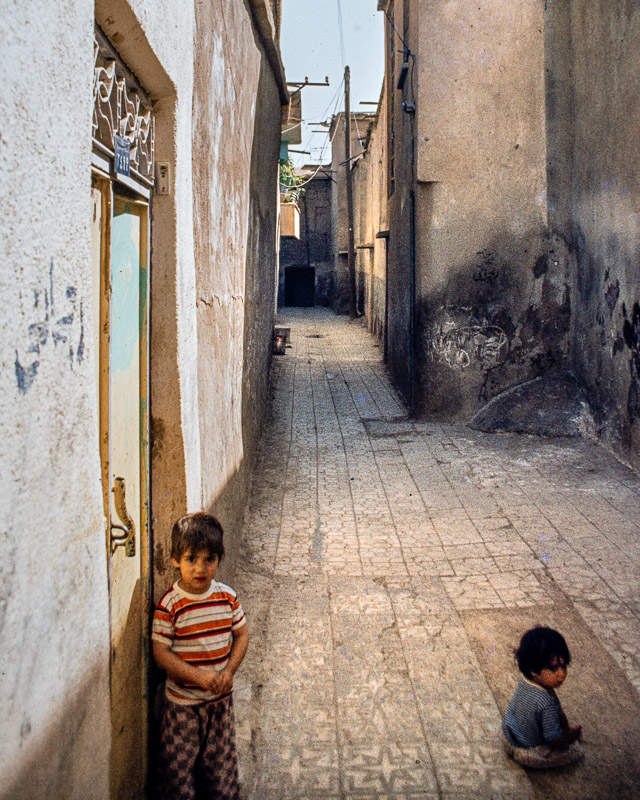
Slides became my primary medium for non-family photography for many years. I tested various brands and types, but when Velvia 50 was released — offering stunning saturation, contrast, and fine grain ideal for landscapes — I made the switch. Velvia became my go-to film.


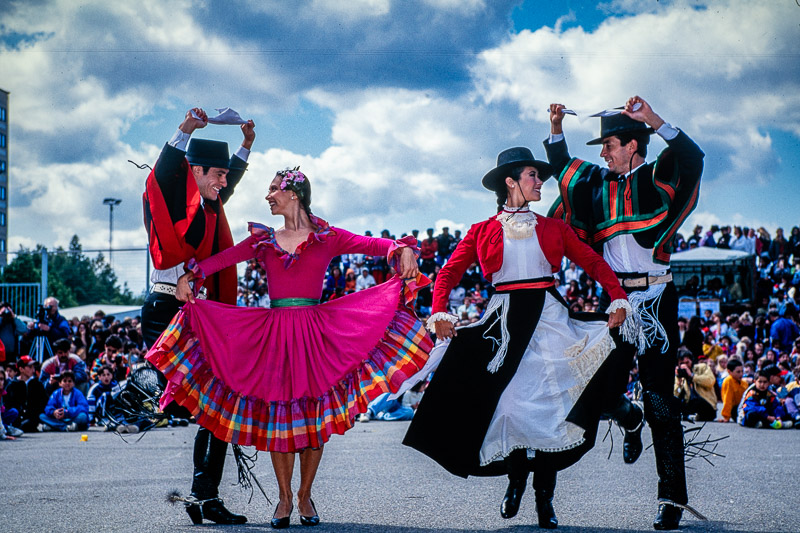
The exception was when I expected to photograph mostly people, as Velvia’s intense colours could sometimes feel too harsh. In those cases, I used various negative films like Kodak Gold or Fuji Superia — and occasionally even Kodak Elite Chrome slides.

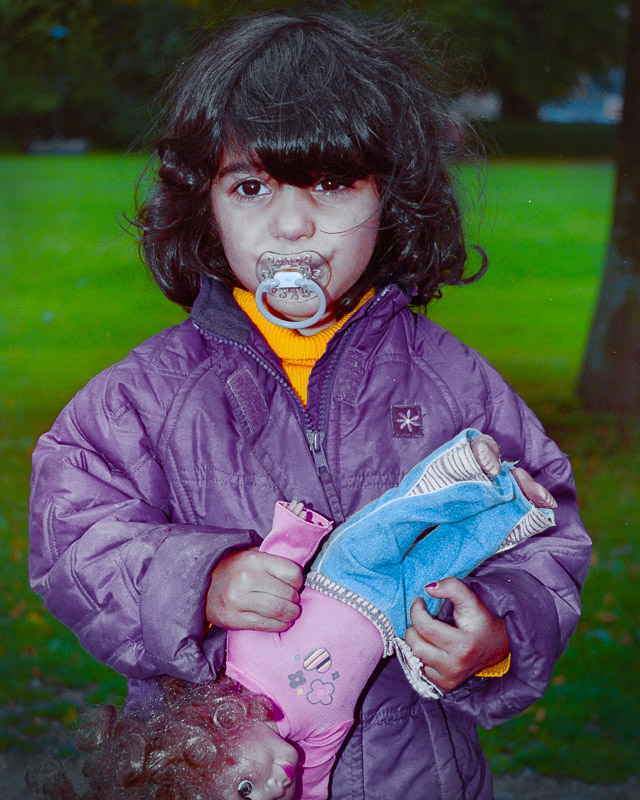
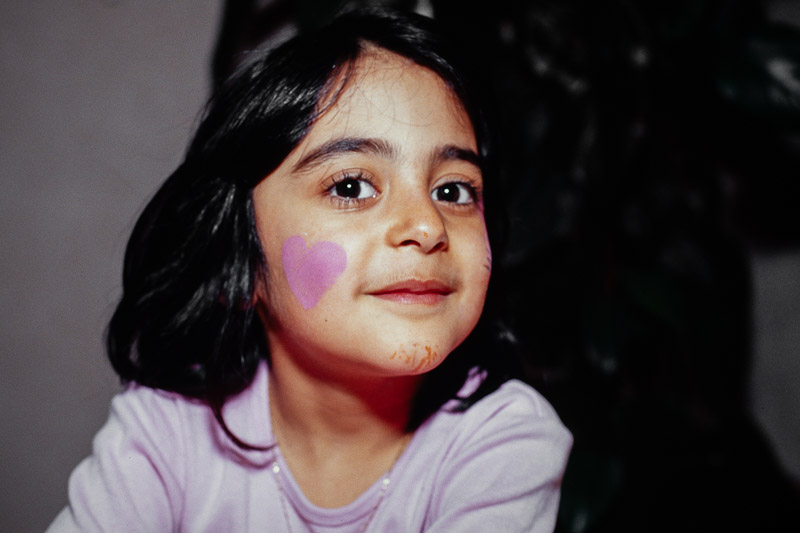
That balance remained until digital photography eventually took over.
For me, colour is like sugar. If I go without it for a while, the craving builds — as if a vacuum starts forming inside me. The longer I stay away, the stronger the urge becomes, until I give in and start shooting colour again. Then I indulge — vivid, saturated colours everywhere, and sometimes, though more rarely, muted and subdued tones. But if I go too far, it’s like eating too many sweets: that heavenly taste begins to lose its charm. I start to long for the simplicity and quiet of black and white again.
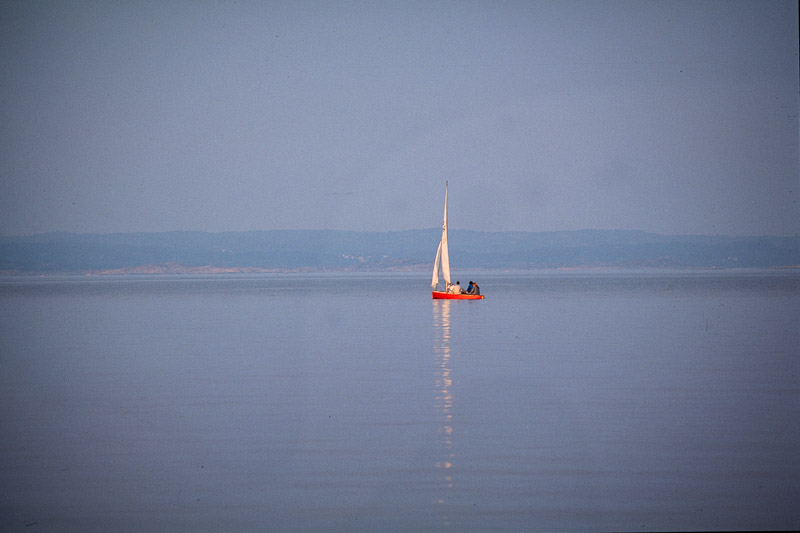
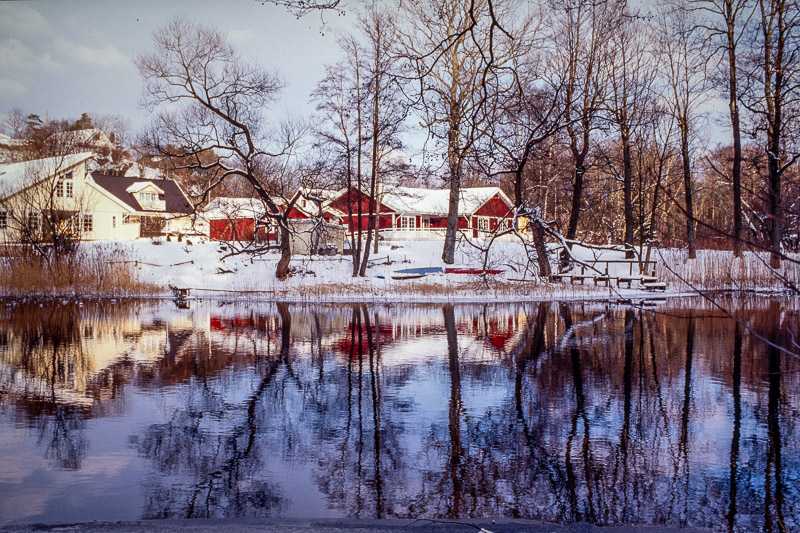
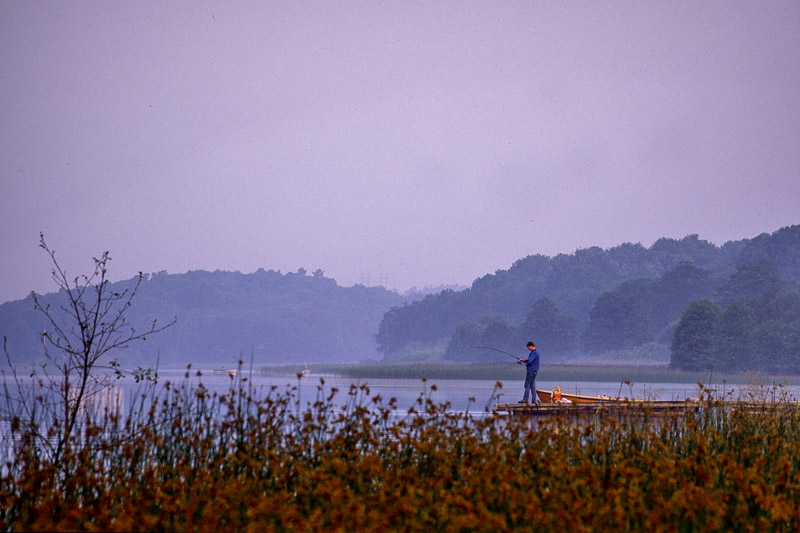

That’s how colour works for me — if I avoid it, the desire builds; but when I immerse myself too deeply, I feel the need to step away.
Although the last time I developed a roll of film was some 30 to 40 years ago, I’ve occasionally taken black and white pictures with my digital cameras — or more accurately, I’ve captured images I envisioned in black and white and later converted them during post-processing. But to be honest, it now feels like I’ve become addicted to colour. I want to take a break from it, but I haven’t been able to. Like any drug, it’s hard to abandon — especially when it’s so easily accessible in our digital cameras.

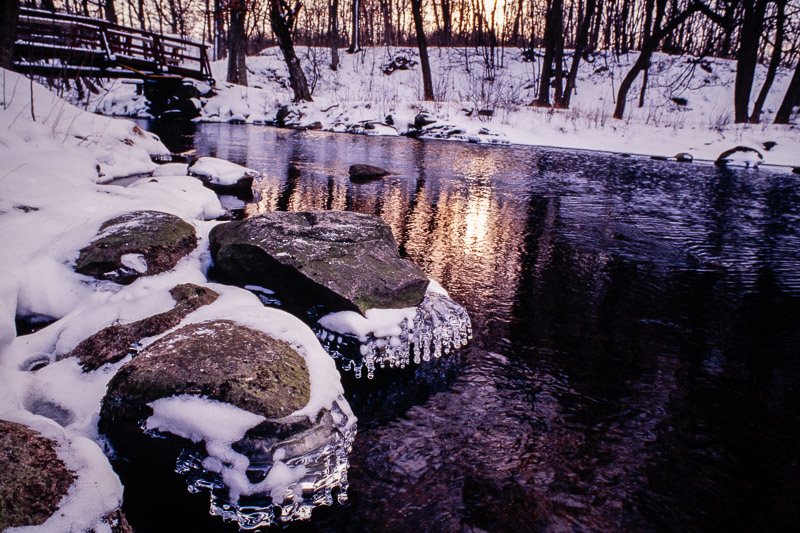
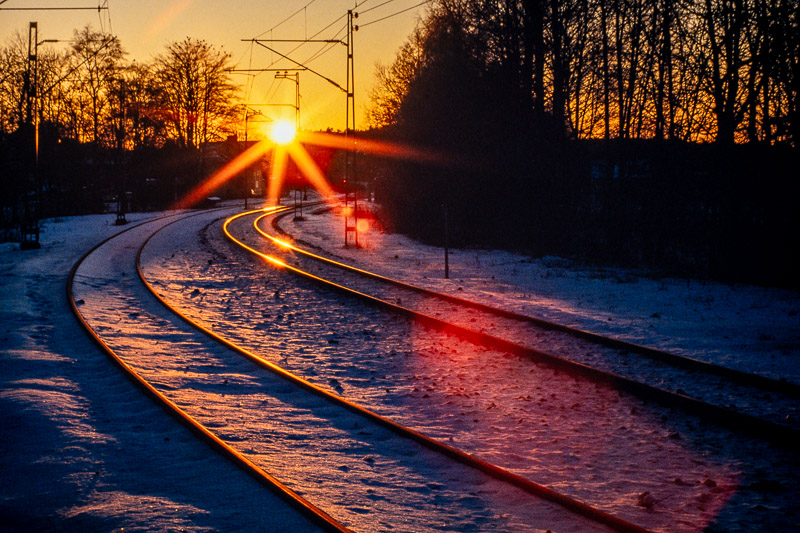
As I mentioned at the beginning, the growing interest in film photography has inspired me to return to my roots and shoot a few rolls of film again. It’s also a way to limit my access to colour — at least when there’s black and white film loaded in the camera.
Since Bastian has set the tone for this blog, I’ll follow his format and dedicate one article per film, starting with the next post — whenever I’ve exposed and developed the rolls. If there’s a specific film you’d like to see images from — black and white or colour — feel free to leave a comment. I’ll do my best to get hold of a roll and give it a try. Bastian has also built up a respectable stock of film, so you might even see photos from the same film taken by both of us.
Otherwise, I’ll simply pick whatever piques my interest. I’m thinking of starting with a couple of black and white films to kick things off.
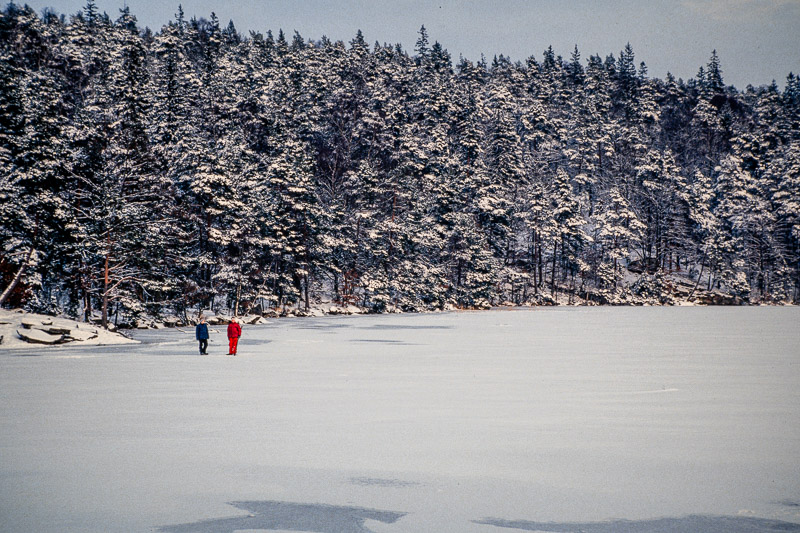

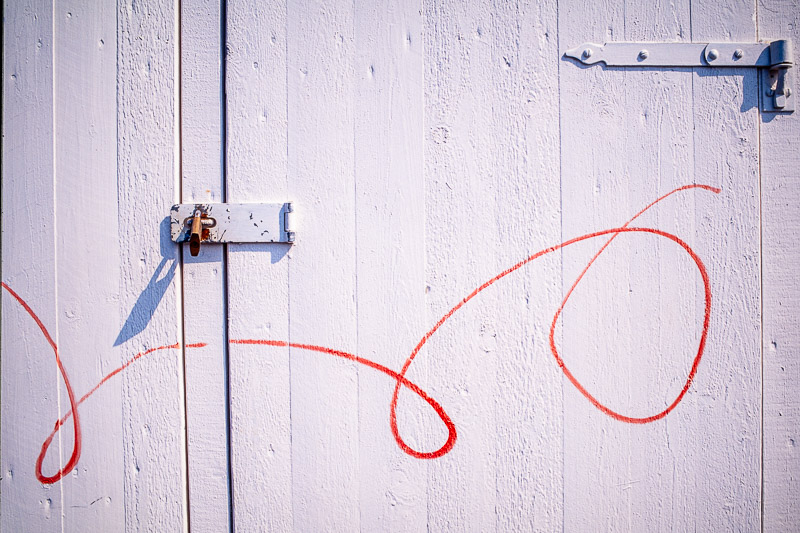
Additionally, if you have thoughts on how you’d like these articles to be structured — whether you’d prefer more in-depth technical breakdowns, casual reflections, or something else entirely — I’d love to hear from you. Your input could help shape the direction of future posts. I’m also open to writing about gear for film photography: whether it’s affordable, feature-rich, advanced, or just plain quirky.
I’m genuinely excited to dive back into film after all these years, and I hope you’ll join me on this journey. Whether you’re a long-time film enthusiast or just beginning to explore analogue photography, I look forward to hearing your thoughts and suggestions.
Let’s rediscover what makes film so special — one roll at a time.
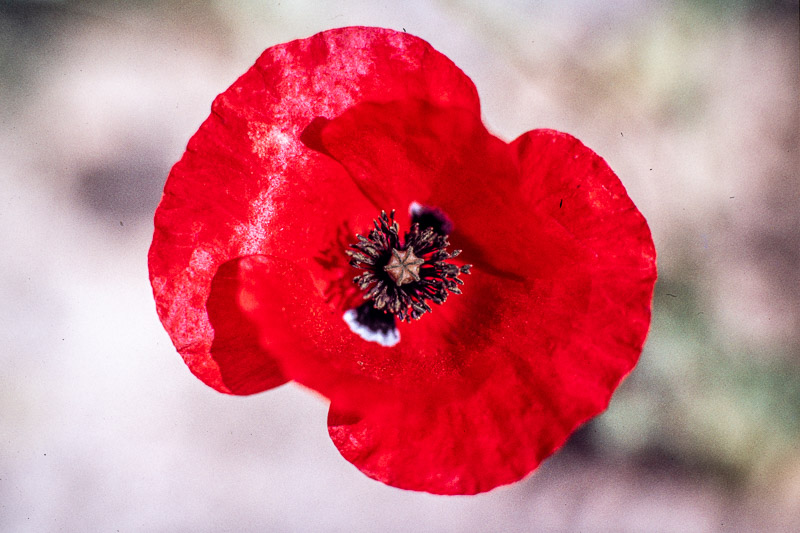

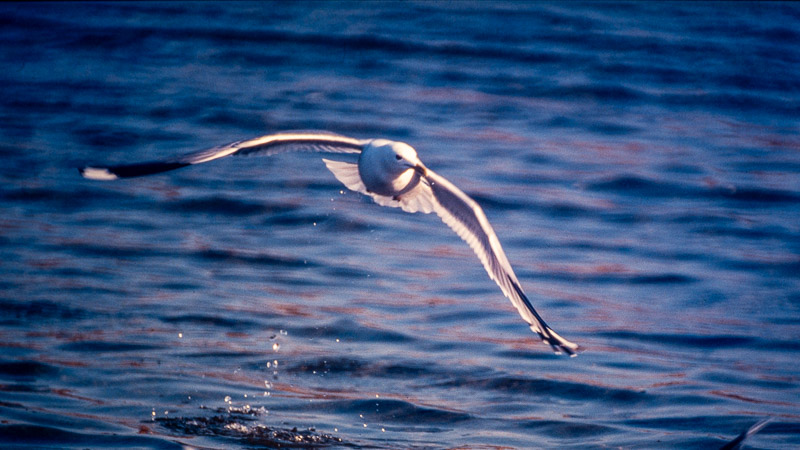
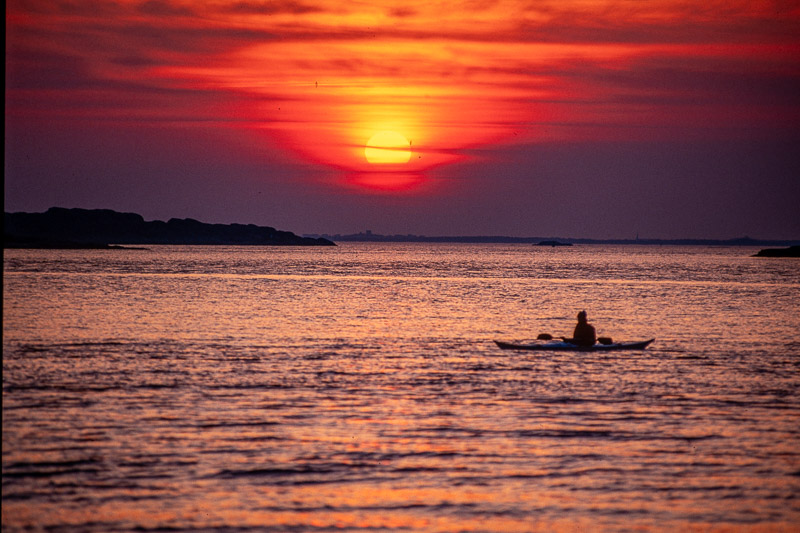
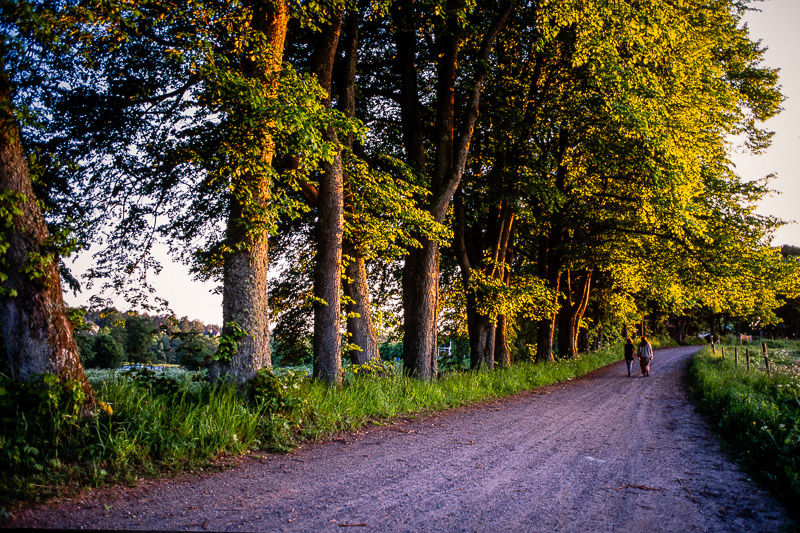
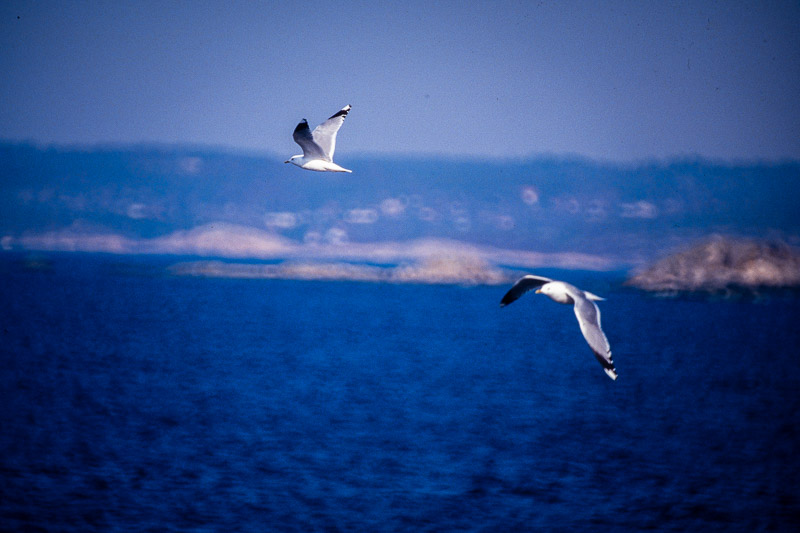
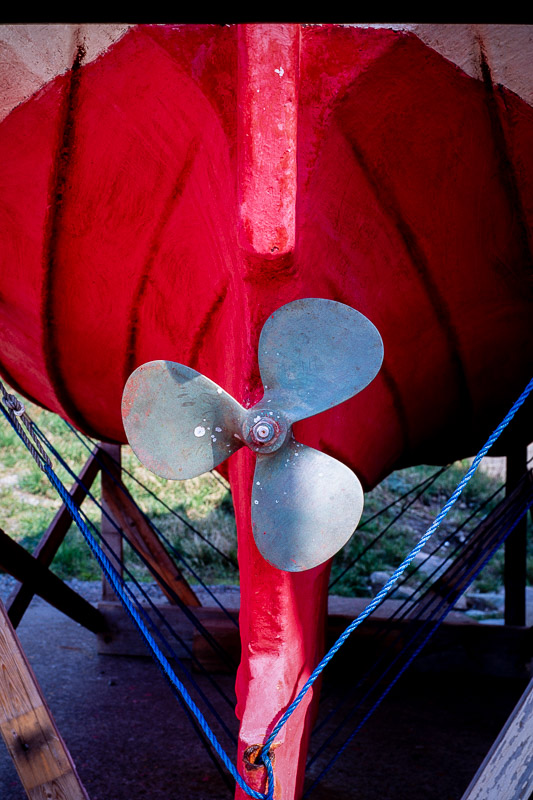


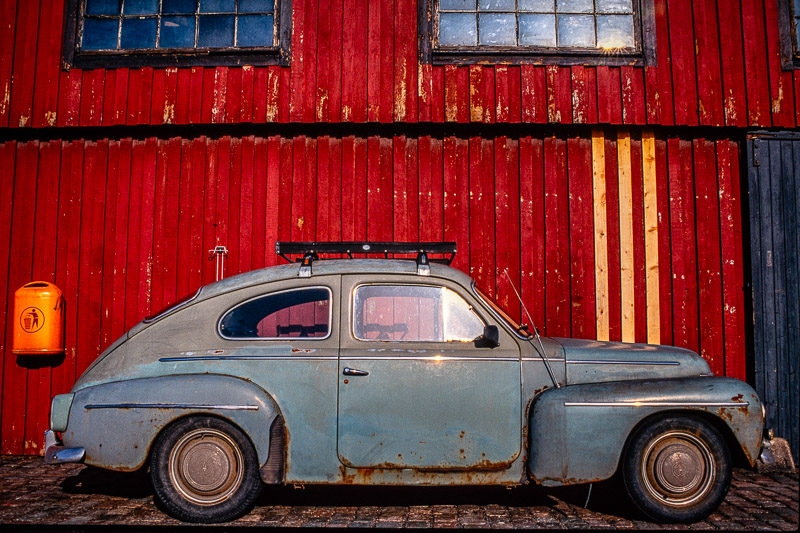
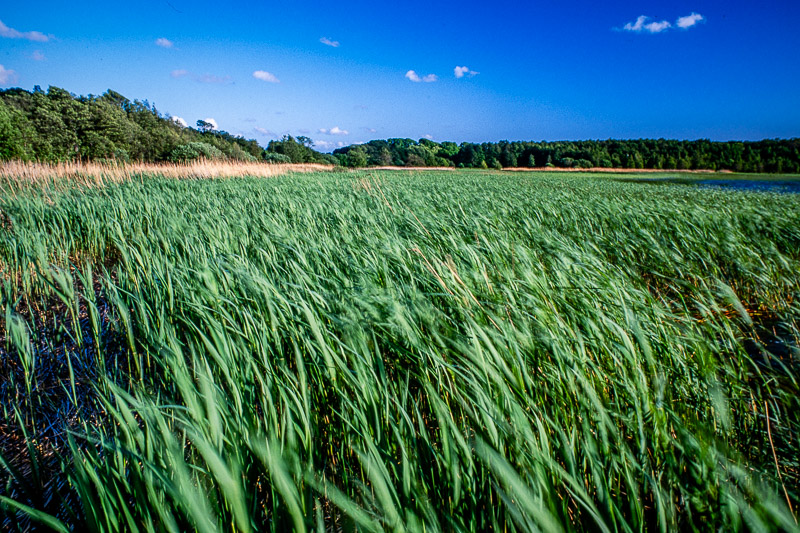
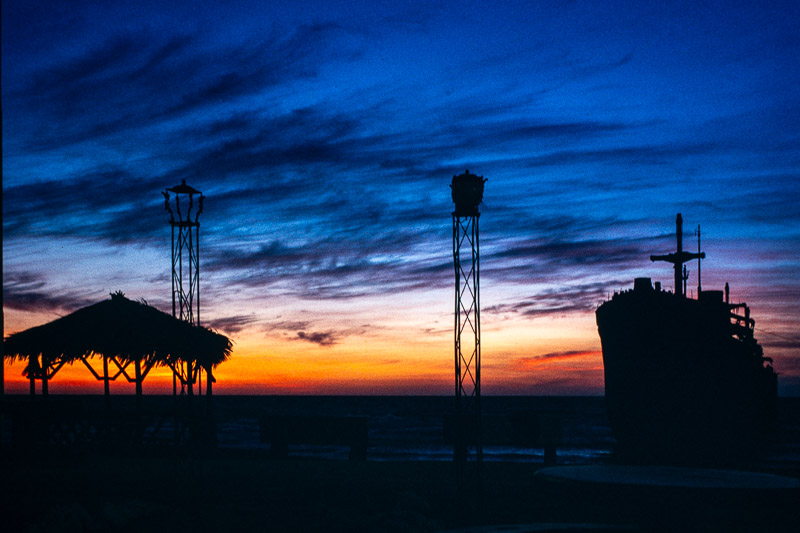
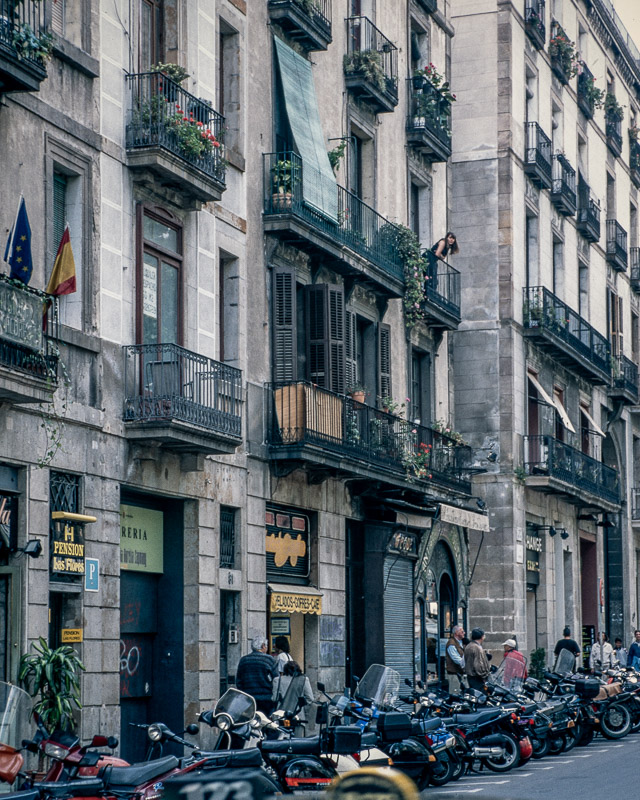
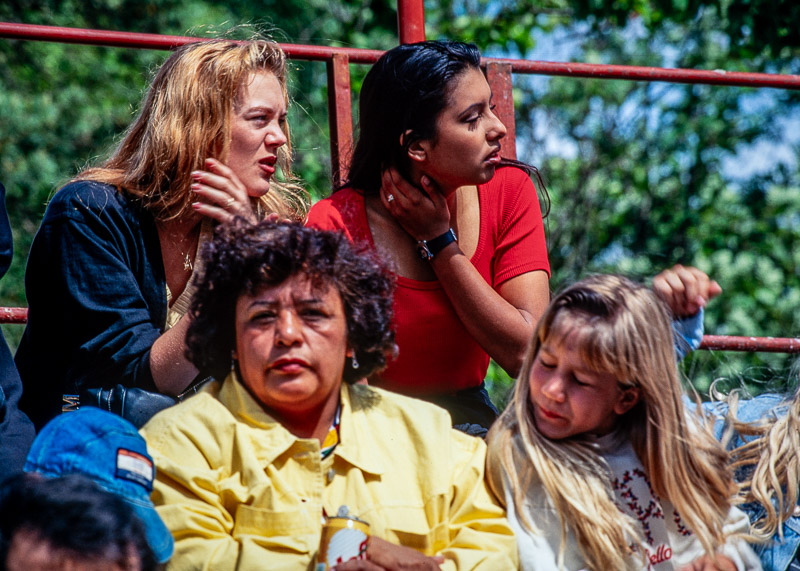

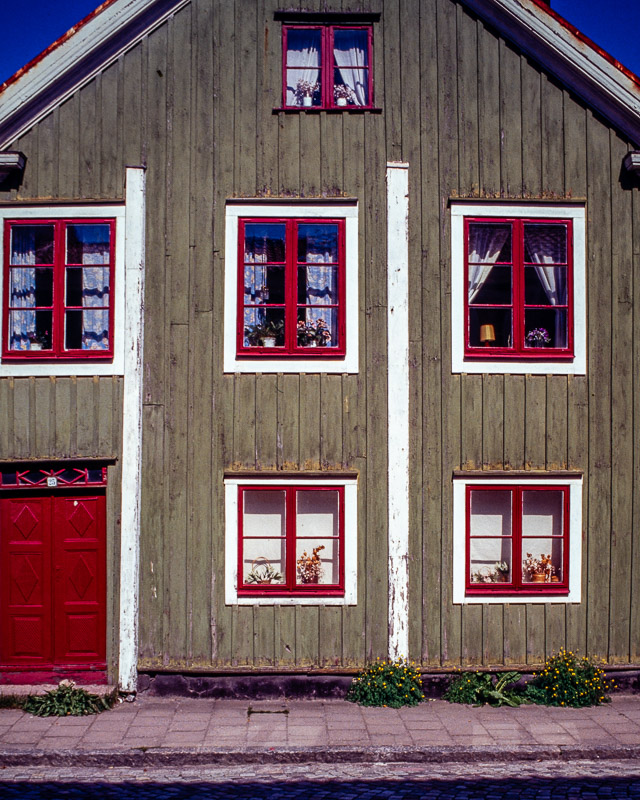
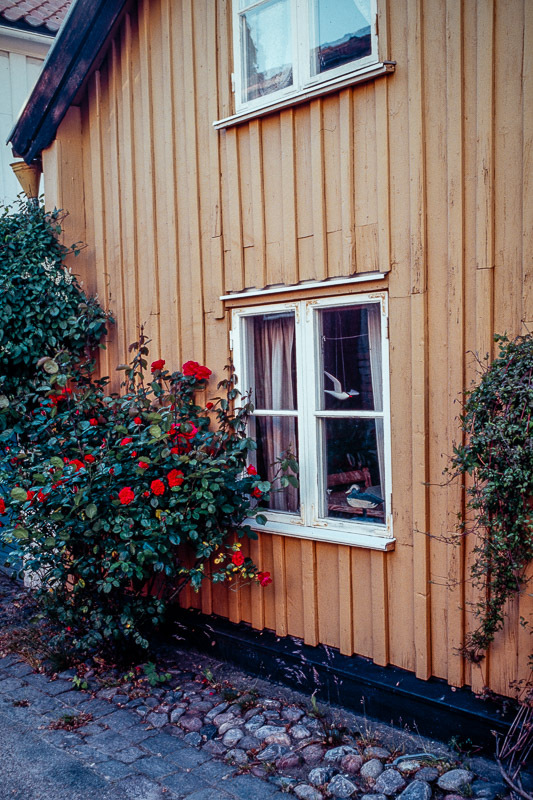
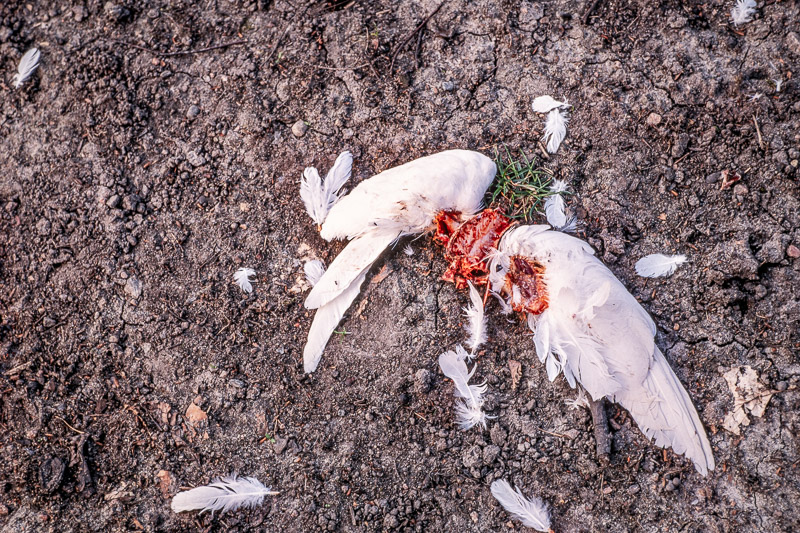
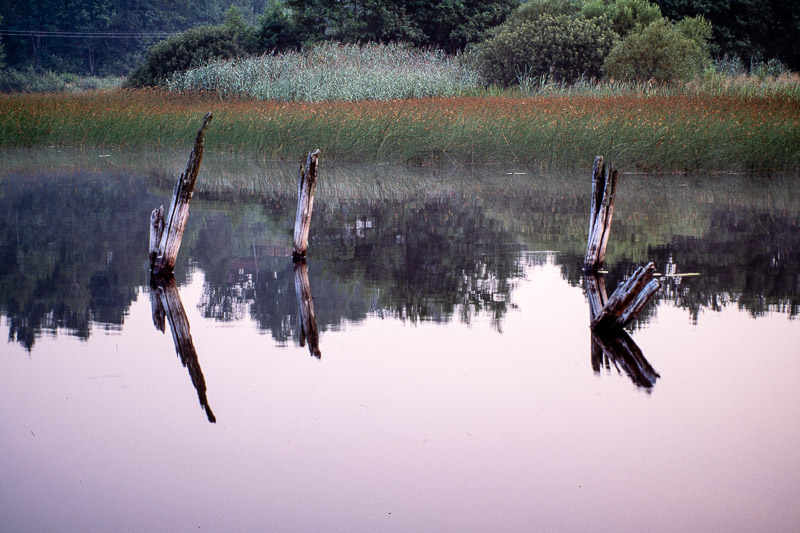

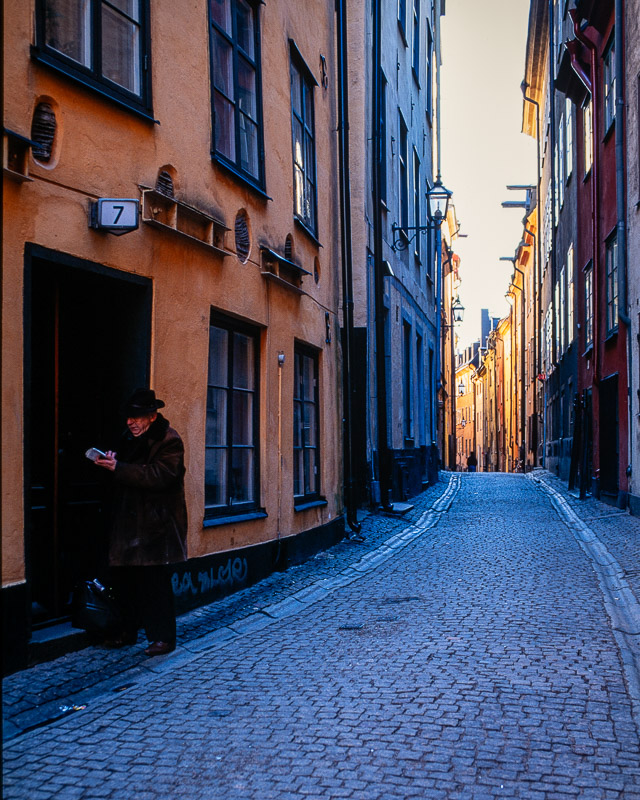


Writing articles like this takes a lot of time and money. If you found it helpful or are planning to buy something online, please consider using one of our affiliate links.
Not buying anything? If this article was useful, interesting, or helped you save money, consider treating us to a coffee (donate)!
Further Reading
- What camera gear and accessories do I use most frequently?
- Analogue Photography – Part 1: A Personal Journey into Film Photography 1/2
- REVIEW: Meyer-Optik Görlitz Trioplan 50mm f/2.9 V – Soap Bubble Bokeh Treasure or Garbage?
- Analogue Adventures landing page
What Did I Use to Digitise My Slides and Negatives
I have received many questions from the readers about what I used to digitise my negatives and slides. So, here it is:
- Duplicator: JJC Slides and Film Negative Copying Scanning Kit ($95)
- Lens 1: TTArtisan 100mm F2.8 2X Macro (from TTArtisan), from Amazon ($339)
- Lens 2: Pergear 60mm F2.8 MK2 2X , from Amazon ($169)
- Camera: Nikon Zf ($1897)
The Pergear lens is cheaper, smaller, and more convenient to use, but it has significant distortion that needs to be corrected in post. The TTArtisan lens doesn’t suffer from that distortion and has almost no vignetting. However, it’s more expensive and, due to its larger size and weight, less convenient to handle. Both lenses are extremely sharp.
Support Us
Did you find this article helpful or just enjoy reading it? It took a lot of time and money to put together. If you’d like to show your appreciation, consider hitting the Donate button!
![]()

(Donations via Paypal or bank card)
What’s in my camera bag? MY 2024 KIT!!
- Main camera : https://amzn.to/3TsGtKg
- Camera grip : https://amzn.to/4e0G3CR
- Memory Card 1: https://amzn.to/47pA20i
- Memory Card 2 : https://amzn.to/3XHYxlZ
- Camera 2 : https://amzn.to/3Xifou8
- Camera grip: https://amzn.to/4dYYpV9
- Memory card 1: https://amzn.to/4e5h2H0
- Memory card 2: https://amzn.to/3zu7W7n
- Small travel tripod: https://amzn.to/4goIX68
- Mini tripod: https://amzn.to/4e09XXX
- Small shoulder bag: https://amzn.to/47tPMiY
- Medium shoulder bag: https://amzn.to/4ej4bjY
This site contains affiliate links, for which I may receive a small commission if you purchase via the links at no additional cost to you. This helps support the creation of future content.
Martin
Latest posts by Martin (see all)
- Analogue Photography: Part 4 – Ilford HP5 Plus at a Historical Engine Factory - December 3, 2025
- REVIEW: 7Artisans AF 10mm f/2.8 (APS-C) - November 30, 2025
- REVIEW: 7Artisans AF 35mm f/1.8 - October 15, 2025
Some beautiful pictures again! The Stork nesting is stunning! I too had similar experience when I saw slides projected for the first time. I don’t shoot slides anymore though, just BW films now. Price is the reason. But after reading your article I am tempted to give it a chance again. I still have some Kodak Ektachromes in my freezer, hmmm. 🙂
Next I would love to see some Provia 100F and/or Kodak TMY400 pictures. 🙂
Thanks Jan.
I have put the Fuji RDP III and 400TMY in the list of coming articles.
I have already 4 or 5 other films before them thought that I have already exposed but your requested films are added to the queue.
Nice photos!
Thanks.
I didn’t take pictures on a slide still, but my dad did it 30 years ago, and now, scanning these photos, I see strange wonderful pictures. It seems that I understand with my mind that this happened a long time ago, but the color hints at the events in the frame that just happened. It’s very unusual and very and very interesting to get to that time. But time seemed to freeze in such photos. But I film myself, and I shoot a lot. Every one of my outdoor shots now takes place with two cameras. One film, one digital, and the output is often the same number of frames. I only have one cassette of Kodak slides, but I’m waiting for a better use for it. However, I have more than 100 cassettes of black-and-white, color c-41, and color ecn-2 films. The film is still alive, and I believe it’s because of those who, due to their youth, didn’t experience this technology and want to touch it. Among my older acquaintances who used to shoot
Among my older friends who used to shoot on film, almost no one wants to do it anymore. However, there are a few younger friends who are interested in it. However, it seems that this interest is driven by the opportunity to experience a technology that may soon become obsolete. In my country, there are still many laboratories that process C41 and D76. ECN-2 and e-6 is less common, but it is still available. I shoot with a Nikon camera and have even purchased a D780 to use the same lenses with a f90x. And you don’t have to worry about whether a particular af-s or af-d lens will fit on a nikon z, and you don’t have to buy a Sony with an adapter to get autofocus on an af-d lens. I love film, I believe that people like us will be able to enjoy film for a long time. Huh, nowadays I have eleven film cameras and use them all
arghhhh, google translater… I mean shoot film a lot, not myself, funny ))))
Wow, 11 film cameras and all are used? That is fantastic.
Nikon f-501, f75 (two cameras), f90x (two cameras), Zenit et, Zenit 19, Zorkiy 4, Lomo lc-a (normal), Lomo lc-a (modified into half-frame), Nikon zoom 300af.
f90x for main usage, f75 when I need small one, Lomo and zoom 300 when I need the smallest and be able to put it in my pocket. f501 best steampank Nikon ever made… With 35-70mm f/3.3-4.5 or 85mm f/1.4 or 105mm f/2.0 dc it looks amazing.
Also, a friend of mine give me for some time Konica fs-1, fc-1 with a lot of fix lenses. Color and rendering of original Konica AR lenses (not Konica – Minolta) are something different.
And yes, still no medium or large format cameras. Didn’t grow enough for them…
Velvia is among one of my favorite modern films, but everytime I see Kodachrome mixed in with a lot of other slide films, it just stands out to me with such uniquely beautiful colors. The shot of those pelicans, the shade of their feathers and the rock and the water, and that woman and her clothes and face and the contrast, everything about those look amazing to me in a way that’s different to the others. Maybe it’s the tighter dynamic range?
Either way, thank you so much for sharing all these lovely shots!
Yes, Kodachrome had a unique colour palette, while contasty and vibrant, also a little mute and neutral. Its reds were also different. Pitty it’s not available any more.
Helli Martin, great post, thank you! Your slide scans look amazing, how did you scan the dlides? Best, Bernd
I used a digital camera, a cheap but sharp macro lens, and a slide duplicator.
Hi Martin, did you use a slide duplicator with its own lens or was it just a tube adapter with a frame holder, the kind of Nikon ES-1? Greetings,
No, my slide duplicator doesn’t come with a lens, so it’s a tube with a film holder and a slide frame holder.
Now, I’ve added a section at the end of the article describing exactly what I used to digitise my slides and negatives.
Loving those agfachrome colors as well as many of the other shots. Really great article, thank you for sharing this, Martin.
Fantastic article… thanks for that… I’m surprised though you didn’t mention Fred Herzog…!!! 😉
Thanks a lot.
Fred Herzog wasn’t recognized yet when I was in the situation described in the article and switched to colour — that was in the late ’70s to early ’80s. Herzog only started to gain recognition in the ’90s and was completely unknown to me during the time I was struggling between black and white and colour.